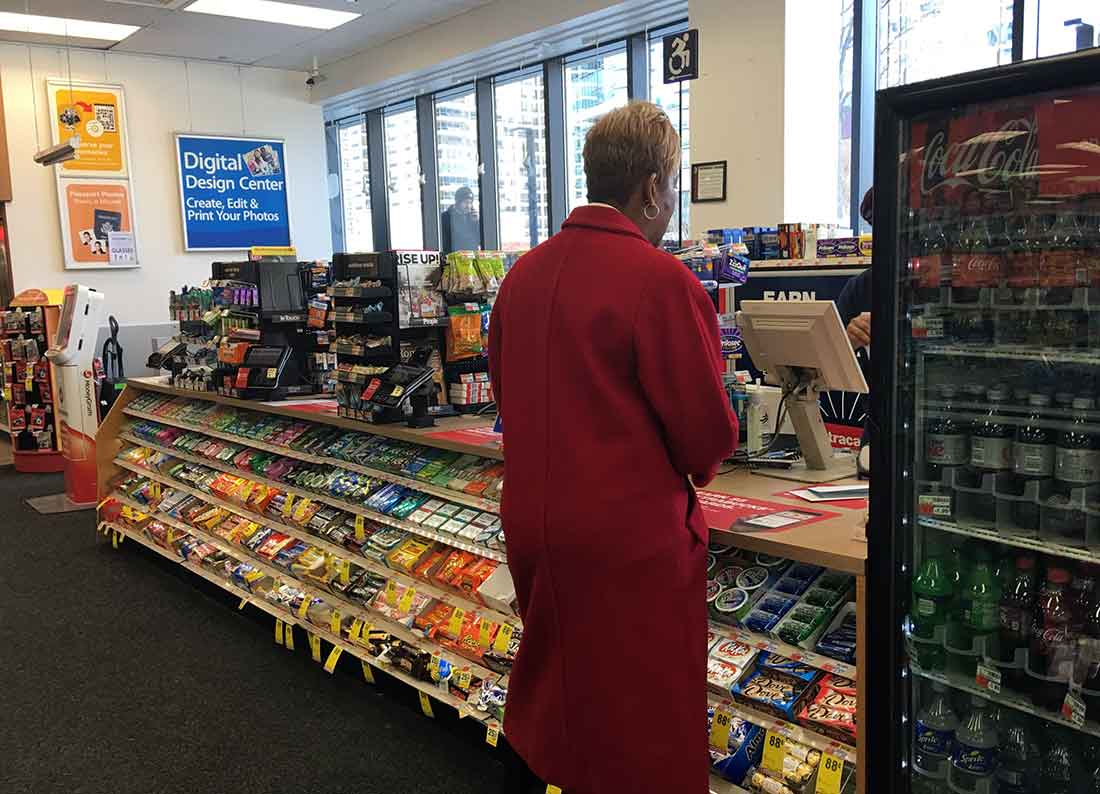By Zhu Zhu
The consumer price index increased 0.1 percent in February, a sharp slowdown from the 0.6 percent jump in January, according to the U.S. Bureau of Labor Statistics.
The February increase was the smallest one-month rise in the seasonally adjusted all-items index since July 2016, mainly due to a decreased gasoline index.

“The all-items index has seen a boost to the monthly numbers over the past year in part due to the rebound in energy prices. That was a headwind on prices from mid-2014 through early 2016, but now that headwind has turned into a tailwind because energy prices are a volatile component of the index,” said Andrew Opdyke, economist at First Trust Portfolios LP, in an interview.
“We think oil will trend higher in 2017, but it will zig and zag on its way higher,” Opdyke said.
The energy index rose 2.7 percent in the past 12 months. The increase has been trending upward since a July 2016 trough of 0.8 percent.
The core CPI, which strips out food and energy, rose 0.2 percent in February and 2.2 percent over the last 12 months.
“Anyone so inclined can point to the February CPI report as ‘proof’ that the FOMC [Federal Open Market Committee] has fallen behind the curve on the inflation, despite their oft-repeated assurances to the contrary,” said Richard F. Moody, chief economist at Regions Financial Corp., in a note.
“After all, the total CPI is up 2.7 percent year-on-year as of February and, yes, while this is indeed above the 2.0 percent rate the FOMC aims at, it is also not likely to be there long,” Moody said.
However, the overall pace of inflation has been picking up.
Consumer prices were up at a 3.8 percent annual rate in the past three months. And the Federal Reserve’s favorite measure of inflation, the Personal Consumption Expenditures Price Index, was up 1.9 percent in the 12 months ended in January, so just a 0.1 percent increase in March would be above the Fed’s 2 percent target, wrote Brian Wesbury, chief economist at First Trust, in a note.
“So even if CPI had been flat or slightly down in February, we would have looked at it within the context of the trend as well as other economic data that has been coming out,” Opdyke said.
In terms of the index’s impact on the Federal Reserve’s near-term decisions, economists don’t think Wednesday’s report will change the Fed’s mind about a rate hike.
“At the start of the 2017, the market was pricing in roughly two rate hikes for the year with the first occurring in June (with less than a 30 percent chance of a March hike), but as data has come in we have seen that shift to now the market is pricing in a 100 percent chance of a hike at today’s meeting and three hikes projected for the year,” Opdyke said.
“If the data continues to come in hot, and changes to regulatory policy and reduced tax rates would point in that direction, we wouldn’t be surprised to see four hikes total this year–today, June, September, and December,” Opdyke continued.
The gasoline index fell 3.0 percent after a 7.8 percent increase in January.
While gasoline and energy prices fell in February, they are nonetheless significantly higher on a year-over-year basis, with retail gasoline prices up 30.7 percent and the broader energy category up 15.2 percent, Moody stated in a note.
The apparel index rose 0.6 percent in February. The index for motor vehicle insurance continued to rise, increasing 0.5 percent.

The food index rose 0.2 percent in February. The food-at-home index rose 0.3 percent, its largest advance since June 2015.


